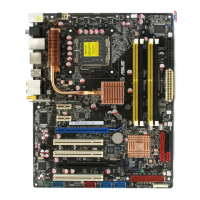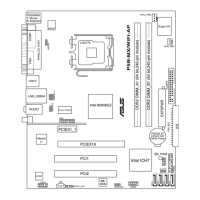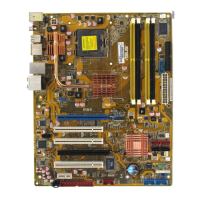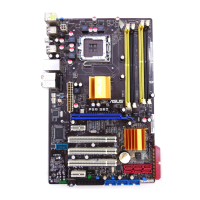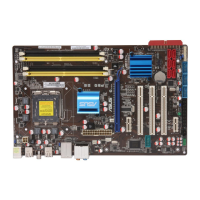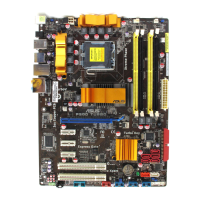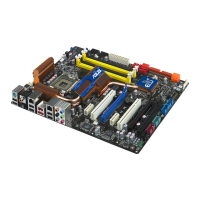3-20 Chapter 3: Setting up
3.5 Setting up wireless security
To protect your wireless network, you need to setup a security mechanism on your
WiFi-AP @n.
Network authentication
Network authentication uses certain types of mechanism to identify authenticated
wireless clients. WiFi-AP @n supports the following authentication methods:
Open system: This option disables authentication protection for your wireless
network. Under the Open mode, any IEEE802.11b/g wireless
client can connect to your wireless network.
Shared key: Shared means using the same WEP keys for authentication
and encryption.
WPA-PSK: WPA-PSK (Pre-Shared Key) is the solution for home and
SOHO users who have no 802.11X authentication server
within the LAN. To setup WPA-PSK, you need to input a
passphrase and let the system generate the key. Combination
of letters, numbers and non-alphnumeric charecters is
recommended for ensuring security.
WPA2-PSK: WPA2 (WI-FI Protected Access 2) provides network
administrators with a high level of assurance that only
authorized users can access the network. Based on the
ratied IEEE 802.11i standard, WPA2 provides government
grade security. The WPA2 can be enabled in two versions --
WPA2-Personal and WPA2-Enterprise. WPA2-Personal
protects unauthorized network access by utilizing a set-up
password. WPA2-Enterprise veries network users through a
server. WPA2 is backward compatible with WPA.
Encryption
Encryption is used to convert plain text data into unreadable codes with certain
type of algorithm before capsulation for wireless transmission. WiFi-AP @n
supports the following encryption methods:
WEP: WEP stands for Wired Equivalent Privacy. It uses 64 or
128-bit static keys. You can let the system generate the WEP
keys by inputting a Passphrase.
TKIP: Temporal Key Integrity Protocol (TKIP) dynamically generates
unique keys to encypt every data packet in a wireless session.
AES: Advanced Encryption Standard (AES) is a dependable
encryption adopted in WPA2 or IEEE802.11i standard. It offers
stronger protection and greatly increases the complexity of
wireless encryption.

